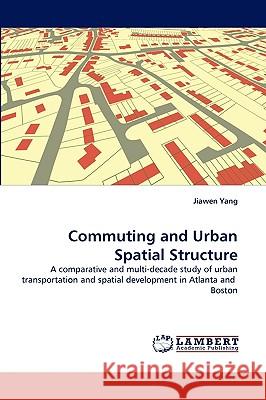Commuting and Urban Spatial Structure » książka
Commuting and Urban Spatial Structure
ISBN-13: 9783838347226 / Angielski / Miękka / 2010 / 176 str.
In the past decades, USA metropolitan areas have experienced significant population growth and suburban development. At the same time, commuting time has lengthened and road congestion has increased. How to contain traffic growth in a context of suburban development has become a focus of urban transportation research and city and regional planning. This work interprets metropolitan wide commuting with a reference to the metropolitan wide growth trends. Three decades of census data (1980, 1990 and 2000) for two metropolitan areas (Boston and Atlanta) are used to illustrate the linkage between commuting and urban spatial development. A commuting spectrum method is developed to characterize urban spatial structure, particularly job-housing proximity, across space, over time and among different regions. The work recommends a constrained and balanced vision of urban growth for improving transportation efficiency. The work should be useful for researchers, planners and policy makers in the field of urban geography, urban transportation and city and regional planning.











